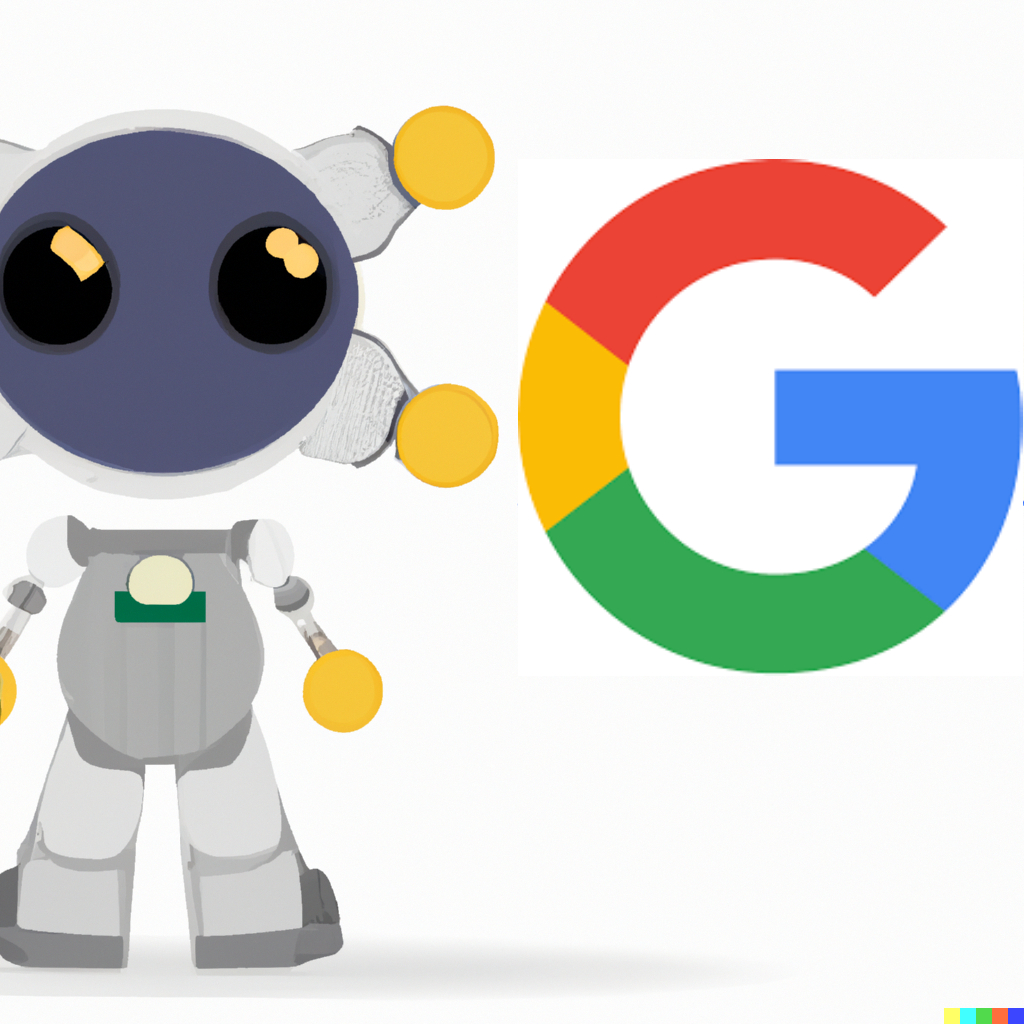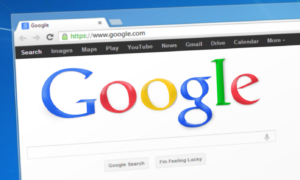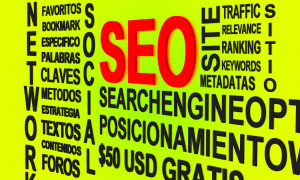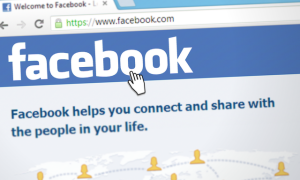Google is taking another stride towards revolutionizing digital advertising by integrating generative artificial intelligence into its advertising business. This technology is set to enable the creation of unique ads using materials provided by human marketers. It will be integrated into the already established Performance Max program, which uses algorithms to determine ad placement, budget allocation, and simple ad copy creation.
This integration is a major development for the advertising industry as it opens up new possibilities for creativity and sophistication in ad campaigns. Advertisers can submit creative content such as images, videos, and text related to their campaigns, and the AI will “remix” these materials to generate ads that target specific audiences and meet objectives like sales targets. The technology has the potential to offer improved conversion rates and more effective marketing strategies, giving businesses a competitive edge in the ever-evolving digital advertising landscape.
However, there are concerns regarding the possibility of the AI disseminating misinformation. One individual familiar with an internal presentation presentation for advertisers obtained by the Financial Times commented that the AI is optimized for converting new customers and does not have an understanding of truth. Google has acknowledged this concern and assured that it will implement strict safeguards to prevent such errors or “hallucinations.”
It’s worth noting that Google is not alone in this AI revolution. Other major tech companies are also adopting this technology, but Google’s name recognition and resources put it in a prime position to make a significant impact with this technology.
In summary, the integration of generative AI into the ad business is a significant development that offers exciting opportunities for businesses to get creative and reach their target audience like never before. Google’s implementation of this technology will likely pave the way for more advanced and effective advertising campaigns in the near future.

















